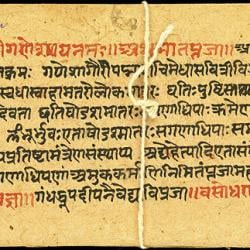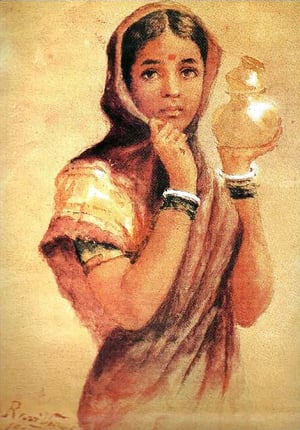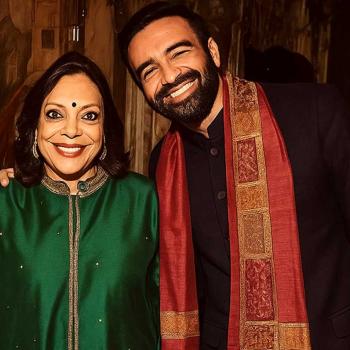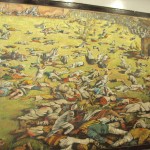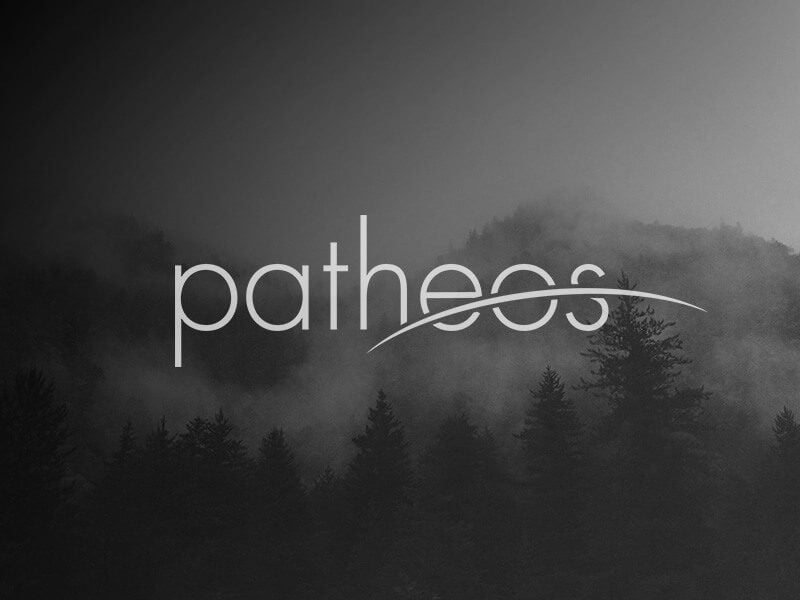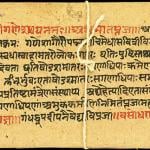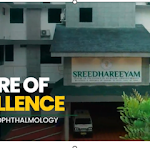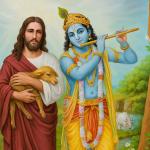Did anyone see the movie “Alexander the Great” – with Colin Farrell and Angelina Jolie?? In that movie, Alexander is shown to have come to India and there Indians are shown as almost primitive creatures with very little intelligence or culture. In fact, the illustration is of a timid and very tribal kind of people. The Movie researchers little realized that THAT period of Indian history was probably the most glorious ever. Chandragupta Maurya, at whose hands, Alexander’s Army lost was arguably one of the greatest ever kings flanked by Chanakya – arguably the greatest political strategist the world has ever seen!
As for our barbaric illustration, it was basically in my view a self-fulfilling belief! The Westeners, specifically the Brits believe what they want to believe. The truth however is that India has seen the greatest of scientific minds and most amazing advances in science before the Mughal and British periods set in!
Here is a nice little compendium of what was FIRST discovered and propounded in India – just in the field of astronomy – and you would realize where the “inspiration” for Galileo came from!? If it had been the other way round – the West would have charged him with plagiarizing!!
The Aitareya Brahmana (2.7) (c. 9th–8th century BC) states: “The Sun never sets nor rises. When people think the sun is setting, it is not so; they are mistaken.” This indicates that the Sun is stationery (hence the Earth is moving around it), which is elaborated in a later commentary Vishnu Purana (2.8) (c. 1st century), which states: “The sun is stationed for all time, in the middle of the day. […] Of the sun, which is always in one and the same place, there is neither setting nor rising.”
Yajnavalkya (c. 9th–8th century BC) recognized that the Earth was round and believed that the Sun was “the centre of the spheres” as described in the Vedas at the time. His astronomical text Shatapatha Brahmana (8.7.3.10) stated: “The sun strings these worlds – the earth, the planets, the atmosphere – to himself on a thread.” He recognized that the Sun was much larger than the Earth, which would have influenced this early heliocentric concept. He also accurately measured the relative distances of the Sun and the Moon from the Earth as 108 times the diameters of these heavenly bodies, almost close to the modern measurements of 107.6 for the Sun and 110.6 for the Moon.
Based on his heliocentric model, Yajnavalkya proposed a 95-year cycle to synchronize the motions of the Sun and the Moon, which gives the average length of the tropical year as 365.24675 days, which is only 6 minutes longer than the modern value of 365.24220 days. This estimate for the length of the tropical year remained the most accurate anywhere in the world for over a thousand years. The distances of the Moon and the Sun from the Earth was accurately measured as 108 times the diameters of these heavenly bodies. These are very close to the modern values of 110.6 for the Moon and 107.6 for the Sun, which were obtained using modern instruments.
There is an old Sanskrit shloka (couplet) which also states “Sarva Dishanaam, Suryaha, Suryaha, Suryaha” which means that there are suns in all directions. This couplet which describes the night sky as full of suns, indicates that in ancient times Indian astronomers had arrived at the important discovery that the stars visible at night are similar to the Sun visible during day time. In other words, it was recognized that the sun is also a star, though the nearest one. This understanding is demonstrated in another Sloka which says that when one sun sinks below the horizon, a thousand suns take its place.
Many Indian astronomers had later formulated ideas about gravity and gravitation in the early middle ages.
The cosmological time cycles explained in the Surya Siddhanta, which was copied from an earlier work, gives:
* The average length of the sidereal year (the length of the Earth’s revolution around the Sun) as 365.2563627 days, which is only 1.4 seconds longer than the modern value of 365.2563627 days. This remained the most accurate estimate for the length of the sidereal year anywhere in the world for over a thousand years.
* The average length of the tropical year (the length of the year as observed on Earth) as 365.2421756 days, which is only 2 seconds shorter than the modern value of 365.2421988 days. This estimate remained the most accurate estimate for the length of the tropical year anywhere in the world for another 6 centuries (until Muslim mathematician Omar Khayyam gave a better estimate), and still remains more accurate than the value given by the modern Gregorian calendar currently in use around the world, which gives the average length of the year as 365.2425 days.
Later Indian astronomer-mathematicians such as Aryabhata made references to this text, while later Arabic and Latin translations were very influential in Europe and the Middle East.
The Indian astronomer-mathematician Aryabhata (476–550), in his magnum opus Aryabhatiya, propounded a mathematical heliocentric model in which the Earth was taken to be spinning on its axis and the periods of the planets were given with respect to a stationary Sun. He was also the first to discover that the light from the Moon and the planets were reflected from the Sun, and that the planets follow an elliptical orbit around the Sun, and thus propunded an eccentric elliptical model of the planets, on which he accurately calculated many astronomical constants, such as the times of the solar and lunar eclipses, and the instantaneous motion of the Moon (expressed as a differential equation). Bhaskara (1114-1185) expanded on Aryabhata’s heliocentric model in his treatise Siddhanta-Shiromani, where he mentioned the law of gravity, discovered that the planets don’t orbit the Sun at a uniform velocity, and accurately calculated many astronomical constants based on this model, such as the solar and lunar eclipses, and the velocities and instantaneous motions of the planets. Arabic translations of Aryabhata’s Aryabhatiya were available from the 8th century, while Latin translations were available from the 13th century, before Copernicus had written De revolutionibus orbium coelestium, so it’s quite likely that Aryabhata’s work had an influence on Copernicus’ ideas.
Aryabhata wrote that 1,582,237,500 rotations of the Earth equal 57,753,336 lunar orbits. This is an extremely accurate ratio of a fundamental astronomical ratio (1,582,237,500/57,753,336 = 27.3964693572), and is perhaps the oldest astronomical constant calculated to such accuracy.Brahmagupta (598-668) was the head of the astronomical observatory at Ujjain and during his tenure there wrote a text on astronomy, the Brahmasphutasiddhanta in 628.
Bhaskara (1114-1185) was the head of the astronomical observatory at Ujjain, continuing the mathematical tradition of Brahmagupta. He wrote the Siddhanta-Shiromani which consists of two parts: Goladhyaya (sphere) and Grahaganita (mathematics of the planets).


